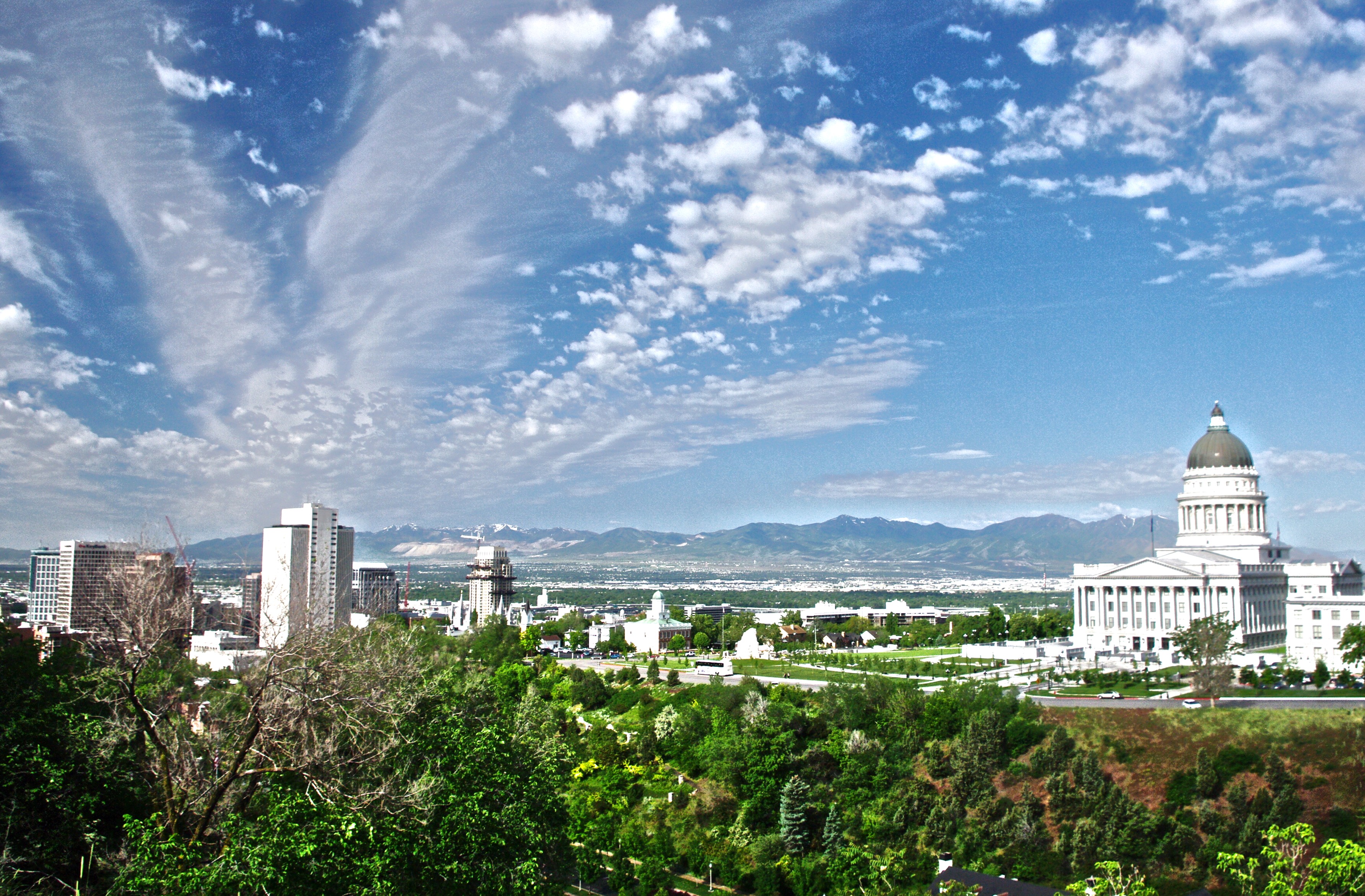
Available jobs, low unemployment, and inflation-adjusted wages have made Utah’s economy one of growth. In many ways, business leaders in Utah have laid the foundation for a prosperous economic future. But alongside the positive things associated with a growing economy, there are some discrepancies and challenges that could pose a risk to a sustainable economy if not addressed.
Natalie Gochnour will explain Utah’s successes and point to some what is missing in the state’s economy at the GCSC Seminar Series on Tuesday, September 19, 4-5 p.m. in 210 ASB.
Gochnour is associate dean in the David Eccles School of Business and director of the Kem C. Gardner Policy Institute at the University of Utah. She is also the chief economist for the Salt Lake Chamber.
“Utah’s economy receives accolades for its rapid job growth, low unemployment, industry diversity, and upward mobility,” Gochnour said.
But, she points out that not all parts of the state are growing at the same rate. There are disparities in places where the economy is not doing well compared to where it is, experiencing what Gochnour describes as a “silent recession.”
Economic growth can bring challenges for environmental sustainability by creating a larger development footprint, higher water usage, and poorer air quality. It is important to look at these problems and analyze how they affect the quality of life, air quality, and how that in turn impacts economic prospects.
In her lecture, Gochnour will point to some of the ways we can address these growth challenges while also creating a sustainable economy for the future. One way is through domestic trade missions—a trip with the intention of exploring business opportunities. The trade missions Gochnour envisions would bring urban and rural business leaders together to discover common economic interests.
“Take, for example, someone who manufactures outdoor products,” explained Gochnour. “What if they were to do some of their manufacturing in Price, Duchene, or Blanding? In that way, they would both get their products produced, reduce transportation costs, serve local economies, and create a more sustainable economy in rural Utah.”
But intervention doesn’t only have to happen at industrial levels. Continuing to invest in public transit can help alleviate congestion and improve air quality. Being mindful of regulations that prohibit affordable housing can also lead to a sustainable economy.
“If all the permits in the city are for one acre single-family lots, that will impair our ability to provide affordable housing in the community,” Gochnour commented.
To hear more about a sustainable economy attend Gochnour’s lecture, “What’s missing in Utah’s economic prosperity?” on Tuesday, September 5, 4-5 pm in 210 ASB.
Cover Photo: Ron Reiring via Flickr, CC BY 2.0
